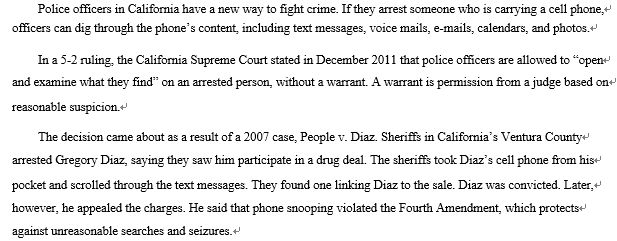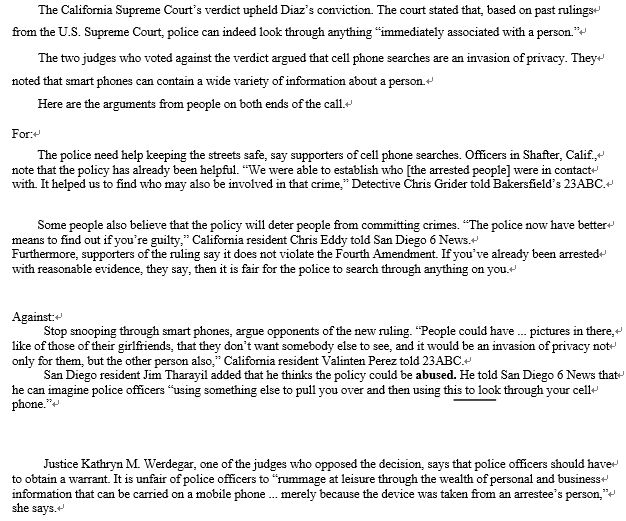V.閱讀測驗(第26題至第30題,共10分) Researchers have been working to make mind-controlled prosthetics a reality for at least a decade. In theory, an
artificial hand that amputees could control with their mind could restore their ability to carry out all sorts of daily
tasks, and dramatically improve their standard of living.
However, until now scientists have faced a major barrier: they haven't been able to access nerve signals that are
strong or stable enough to send to the bionic limb. Although it's possible to get this sort of signal using a
brain-machine interface, the procedure to implant one is invasive and costly. And the nerve signals carried by the
peripheral nerves that fan out from the brain and spinal cord are too small.
A new implant gets around this problem by using machine learning to amplify these signals. A study, published
in Science Translational Medicine today, found that it worked for four amputees for almost a year. It gave them fine
control of their prosthetic hands and let them pick up miniature play bricks, grasp items like soda cans, and play the
Rock-Paper-Scissors game.
It's the first time researchers have recorded millivolt signals from a nerve--far stronger than any previous study.
The strength of this signal allowed the researchers to train algorithms to translate them into movements. "The first
time we switched it on, it worked immediately," says Paul Cederna, a biomechanics professor at the University of
Michigan, who co-led the study. "There was no gap between thought and movement."
【題組】27. Which of the following will most likely benefit from the rescarch mentioned in the passage?
(A) A born blind teenager.
(B) A deaf old man.
(C) A patient who lost his sight because of diabetes.
(D) A man who lost his hand because of an accident.

